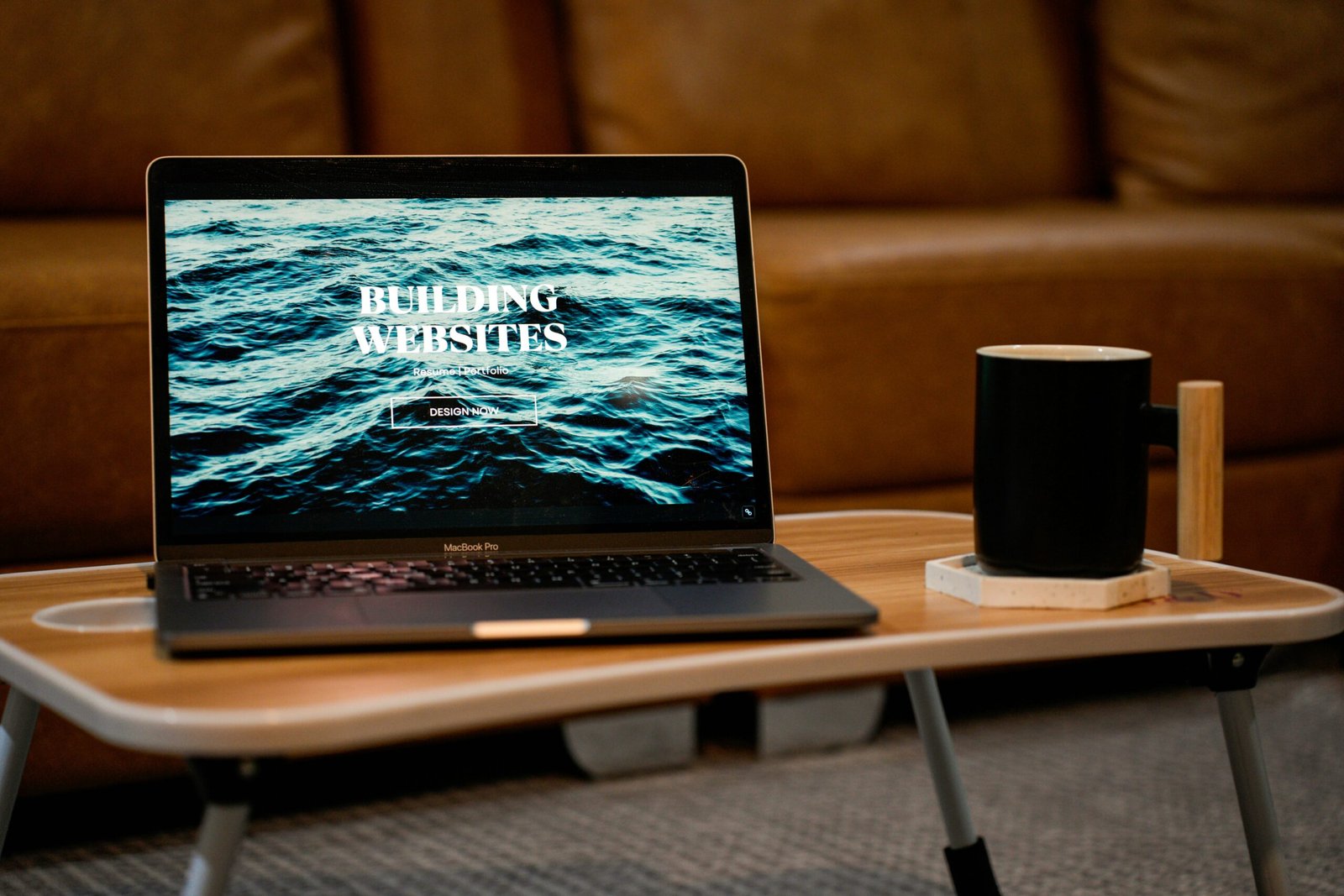Website Design: Content First, Design Follows
In the dynamic world of web development, the age-old debate of whether design or content should take precedence in the creation of a website has long been a point of contention. Traditionally, the design-first approach has been the norm, with flashy visuals and trendy layouts stealing the spotlight. However, a paradigm shift is underway—a movement that challenges this conventional wisdom. Welcome to the era of “Content First, Design Follows,” where understanding user needs and content goals takes center stage in the website creation process.
The Fallacy of Design-First Thinking:
Imagine a beautifully designed website that captivates the eye with its sleek graphics and cutting-edge animations. While it may be visually stunning, it often leaves users grappling with a fundamental question: What is the purpose of this website? Design-first thinking tends to prioritize aesthetics over substance, resulting in more form than function websites. Users are left navigating through a maze of visual elements, struggling to find the information they seek.
The Content-Driven Design Revolution:
Enter the content-driven design revolution—a paradigm shift that flips the traditional script. This approach advocates for a meticulous understanding of user needs and content goals before placing the first pixel. Instead of starting with a blank canvas and filling it with visually appealing elements, content-first design begins with a deep dive into the core purpose of the website and the message it aims to convey.
Understanding User Needs:
The heart of content-first design lies in a thorough comprehension of user needs. Who are the target users? What information are they seeking? What problems do they want to solve? By answering these questions, designers can create a user-centric experience that aligns with the expectations and preferences of the audience. This user-focused approach enhances usability and establishes a meaningful connection between the user and the content.
Defining Content Goals:
Content is not just filler for the design; it is the substance that drives engagement and delivers value. Content-first design carefully considers content goals—what message does the website want to convey, and how can it be communicated effectively? Whether it’s informative articles, captivating visuals, or interactive elements, content goals dictate the type and format of the information presented, ensuring it resonates with the target audience.
The Benefits of Content-First Design:
- Enhanced User Experience: Prioritizing content ensures that users can easily find the information they need, resulting in a more satisfying and efficient browsing experience.
- Improved Accessibility: Content-first design places accessibility at the forefront, making websites more inclusive and accommodating for users with diverse needs.
- Better SEO Performance: Search engines prioritize content when indexing websites. A content-first approach ensures the website is optimized for search engines, improving its visibility and ranking.
- Reduced Design Iterations: By understanding user needs and content goals from the outset, designers can avoid frequent design revisions, saving time and resources.
- Increased Conversion Rates: A user-focused design, driven by relevant and compelling content, is more likely to convert visitors into customers or active participants.
As we usher in the era of “Content First, Design Follows,” it’s clear that a shift in mindset is essential for creating websites that are not only visually appealing but also meaningful and effective. By placing content at the forefront of the design process, we can build websites that genuinely resonate with users, delivering a seamless and engaging experience beyond aesthetics. It’s time to challenge the status quo, embrace the content-driven design revolution, and pave the way for a new era of purposeful and user-centric web development.









